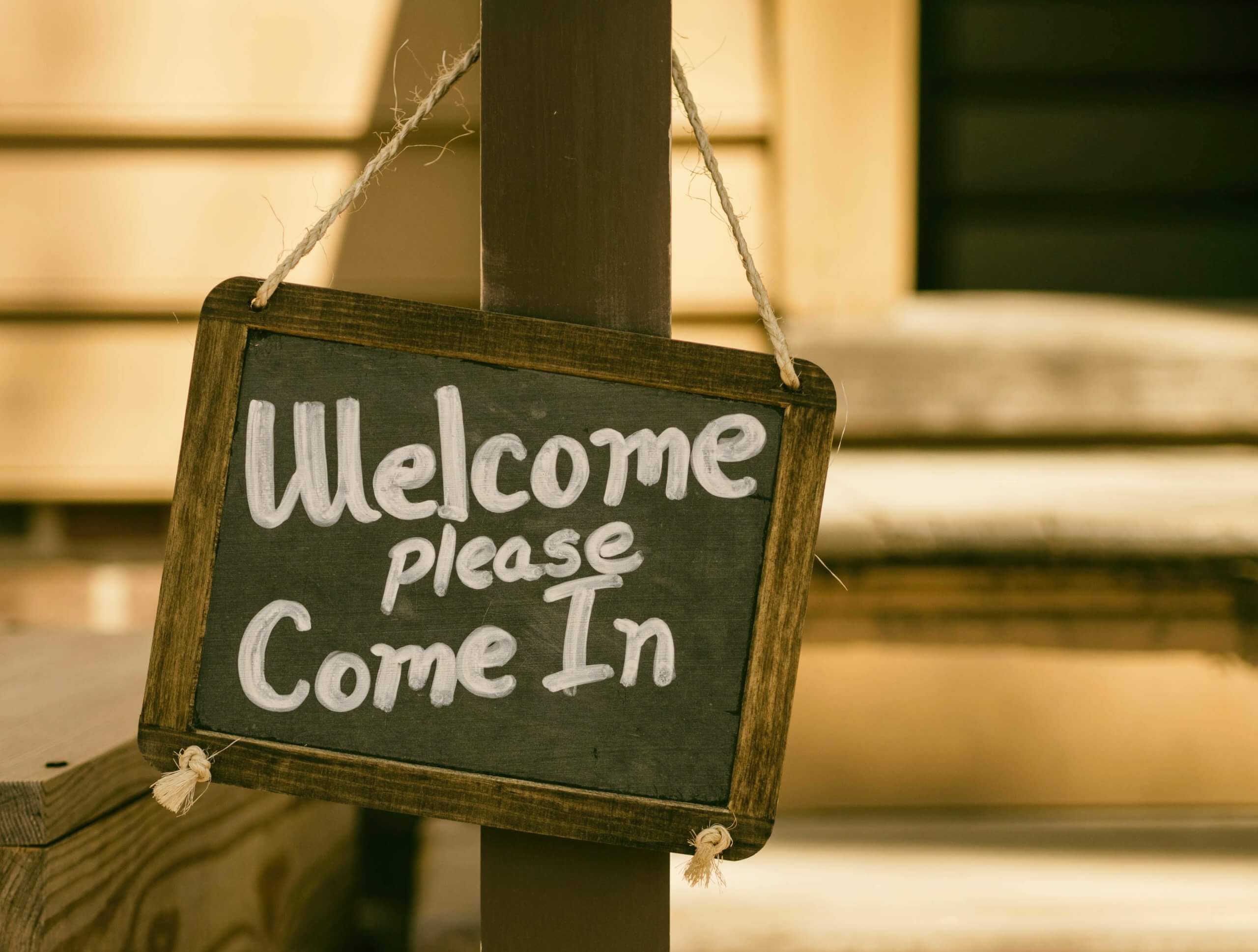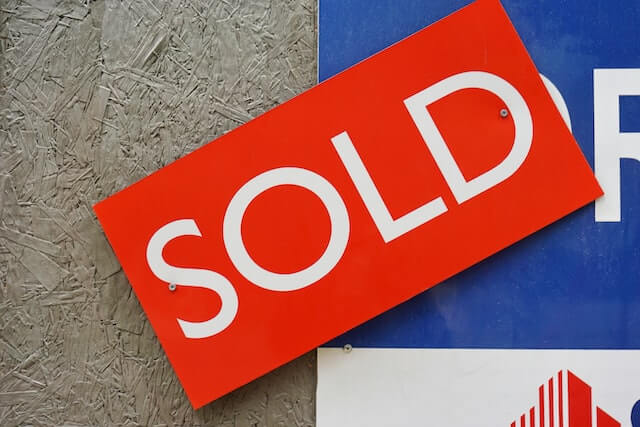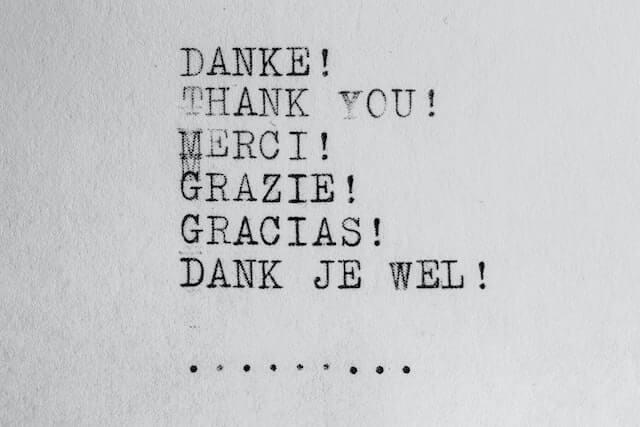Handwritten notes are a tried-and-true method of communicating with new or prospective clients. Writing a customized handwritten message demonstrates there is a person behind the scenes at the heart of your business.
Because personalized, handwritten messages are a forgotten craft, they are very effective. Consider: when was the last time you received a handwritten letter instead of an email or a Facebook message? Those posts may be highly efficient, but a handwritten card transcends the transitory nature of our digital inboxes and provides something substantial and meaningful.
Let’s take a look at some fantastic ways you may utilize handwritten notes to promote and develop your small business.
Thank Them For Their Business
It is important to start with the fundamentals. Thanking your new customers or clients for their business is a simple gesture that shows them that you appreciate their decision to choose your company.
A thank-you note should convey this sentiment in writing, using a pen and paper (and even a robot!) instead of an electronic form of communication. Your gratitude can go a long way in developing a lasting relationship with your customer. As we outline in this article, make sure you send your thank-you note in a timely manner; otherwise, your customer may forget about the transaction (and you).
Send Personalized Birthday Cards
What could be a more unique and personalized opportunity to reach out to your customer than to commemorate their birthday? Recognizing their birthday by sending them a handwritten note will help create familiarity with your clientele, which can later translate into a deeper, long-term relationship.
Sure it may take a little extra effort, but it’s worth it to make your customer feel appreciated. Too few businesses send handwritten cards, let alone cards that aren’t directly related to a sales transaction. So you are sure to stand out by following this approach.
To keep track of information specific to each customer such as birthdays, choose a reputable Customer Relationship Management platform to help automate this process. By using a CRM, you can keep all customer contact information in a single place so that you can easily send out birthdays and other critical time-sensitive messages to your customers.
Send a Note After a Networking Event
Regular networking is excellent, but incorporating a strong follow-up is even better. When you meet someone at an event, make sure you send that person a quick note a few days afterward, which will reinforce your connection.
This approach is an easy way to connect with someone who may not necessarily realize that you can add value to their business while developing a deeper relationship with them than the initial (and often casual or shallow) connection made through the networking event.
They will also appreciate that you took the time to continue a conversation in another way. A handwritten note will help them remember you and your company when they eventually need products or services, allowing you to gain even more value from networking.
Write a Handwritten Note of Encouragement
We all go through tough or challenging times. So when someone reaches out to you during a particularly difficult (or otherwise notable) situation, you are sure to remember it. If you notice someone standing out – for whatever reason – be sure to send them a note of encouragement. This gesture will let the person know that their actions haven’t gone unnoticed and are appreciated by others, including you.
When someone is outwardly positive, acts with integrity, or stands tall in the face of a challenge, you should use that opportunity to let them know that they aren’t alone. Sending a personalized, handwritten note or card to a person who has demonstrated confidence or positivity can greatly influence the way they view themselves, their business – and you.
Prospect A New Target Area
We’ve talked about prospecting elsewhere on this blog. When you are looking to build your business in a new territory, you have to get the attention of potential local customers. What better way to do that than with a personal note or card?
Again, this is an opportunity for you to stand out from other potential competitors who haven’t taken the time to create and send a handwritten note to people who live or work locally. This handwritten letter should include helpful information about your business, how you will be of benefit to them, and a brief description of your products or services.
A handwritten letter to local businesses or households is an excellent opportunity for you to introduce your business to influential community members who can help you establish relationships with even larger networks of neighbourhood people and businesses.
Get Started Today
These are just a few ideas on how to market your business to new or potential customers. As we have seen with so many of our clients, a handwritten card can be an effective way to continue building strong relationships with current customers and prospects alike.
If you’re looking for more ideas on how to market your business, contact us today. We’ll be happy to discuss what we can do for you to help grow and expand your customer base.
Want to level up your direct mail? Contact us.






